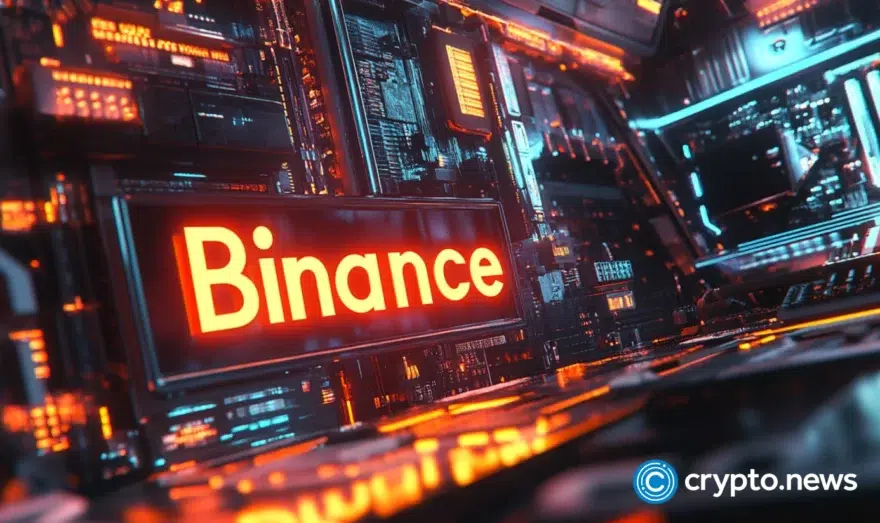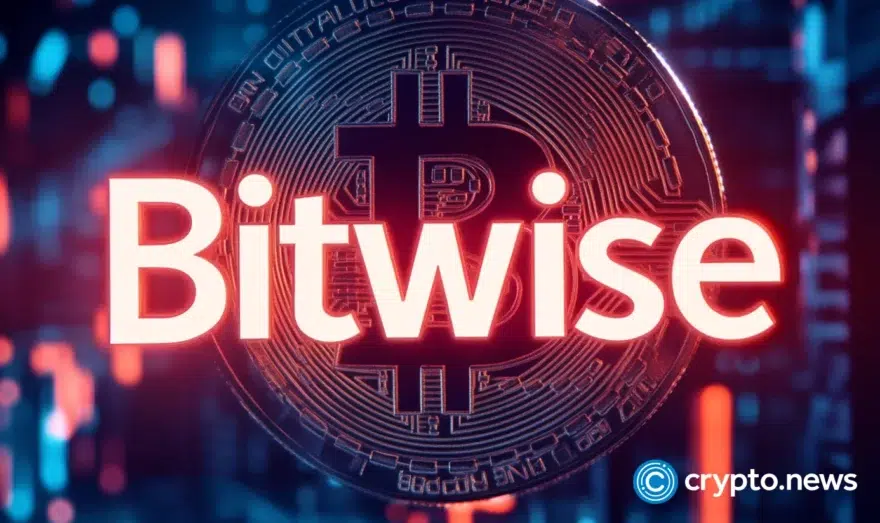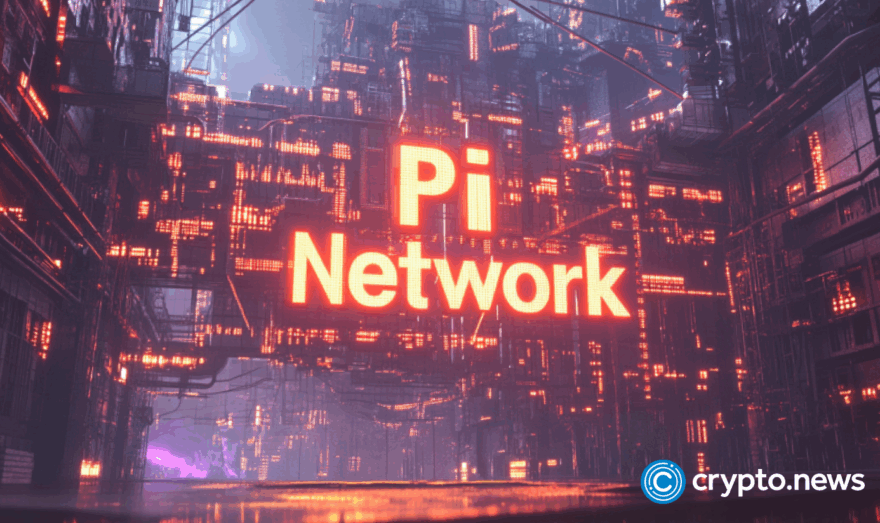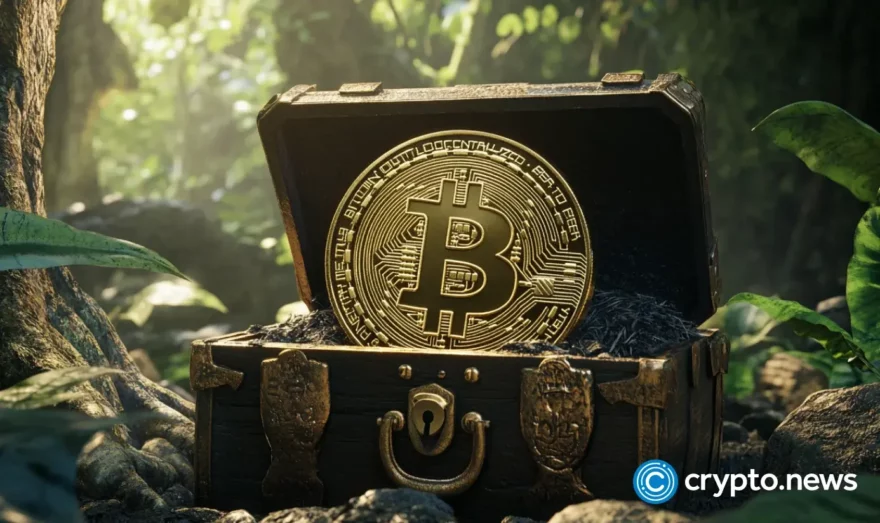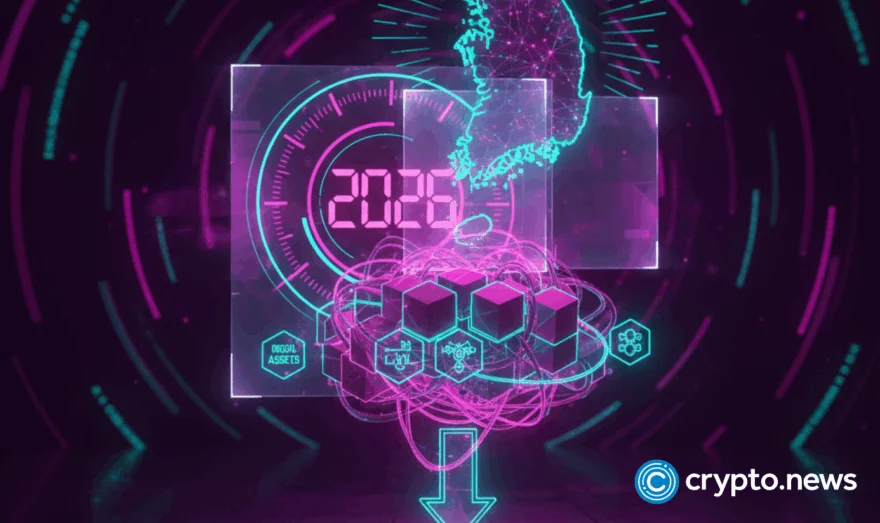News
Are you looking for the latest crypto news today? This is your go-to page if you want to know what’s happening in crypto. We cover everything as it happens, from breaking news and major developments to the latest trends. We also offer in-depth analyses, breaking down what the news means to the market.



